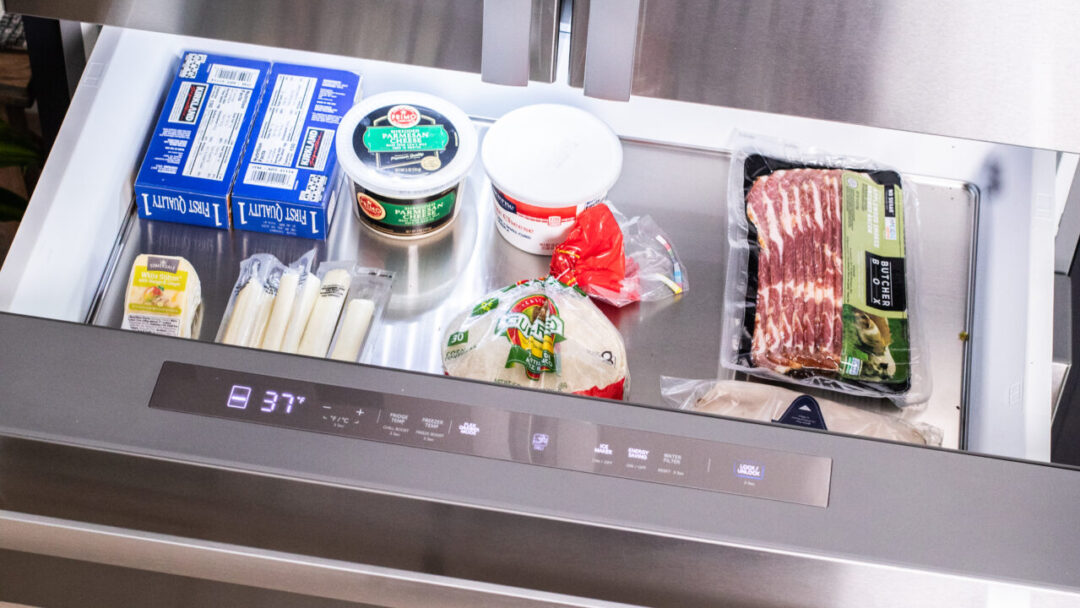When it comes to food storage, we often focus on the freshness and quality of our groceries. But did you know that maintaining the ideal temperature in your fridge is just as crucial? Finding the sweet spot for your fridge temperature ensures food safety, longevity, and optimal freshness. In this post, we will explore what constitutes the ideal fridge temperature and why it matters.
What is the Ideal Fridge Temperature?
The ideal fridge temperature is often debated, but experts generally agree that it falls within a specific range. The optimal temperature for most refrigerators is between 35°F (1.6°C) and 38°F (3.3°C). This range is cold enough to slow bacterial growth and keep perishable foods fresh without freezing them.
Why Does Fridge Temperature Matter?
Maintaining the correct temperature in your fridge is essential for a few reasons:
- Food Safety: Bacteria thrive in temperatures between 40°F (4°C) and 140°F (60°C), known as the “danger zone.” Keeping your fridge colder than 40°F helps prevent the growth of harmful bacteria, reducing the risk of foodborne illnesses.
- Freshness: Many foods, such as dairy products, meats, and fresh produce, can last longer when stored at colder temperatures. The ideal fridge temperature can help slow down the natural decay process, keeping your food fresher for longer.
- Energy Efficiency: Setting your fridge to the optimal temperature can ensure it operates efficiently. Running at a colder temperature than necessary can waste energy and increase your utility bills.
- Avoiding Freezing: While cold temperatures are crucial for food preservation, setting your fridge too low can lead to freezing certain items, such as fruits, vegetables, and eggs, causing them to lose texture and flavor.
Tips for Achieving the Ideal Fridge Temperature
Here are some practical tips to help you maintain the correct temperature in your fridge:
- Use a thermometer: Place a refrigerator thermometer in the center of your fridge to monitor the temperature regularly. This ensures that your fridge is consistently within the recommended range.
- Avoid overloading: Overfilling your fridge can restrict airflow, making it harder for it to maintain the desired temperature. Leave space between items for air to circulate freely.
- Check the door seal: A damaged or loose door seal can allow cold air to escape, causing fluctuations in temperature. Inspect the seal regularly and replace it if necessary to ensure a tight seal.
- Be mindful of placement: Place temperature-sensitive items like dairy and meats on the shelves rather than the door, where temperatures can fluctuate more.
Quickly Adjust the Fridge Temperature
The multipurpose Flex Drawer with independent temperature control adapts to your lifestyle. Optimize your storage of meats (30°F), or deli items (37°F). Expecting guests? Set your Flex Drawer to the ideal temperature for beverages (34°F). You can even convert it to a wine chiller (41°F). Gliding smoothly, and extending fully, you always have easy access to what’s inside.
Conclusion: Optimal Fridge Temperature
In the world of refrigeration, finding the ideal fridge temperature is key to preserving the freshness and safety of your food. By maintaining a temperature between 35°F and 38°F, you can ensure that your fridge operates efficiently while keeping your groceries fresh and safe to eat. Remember to monitor the temperature regularly and follow best practices for food storage to make the most out of your refrigerator.








